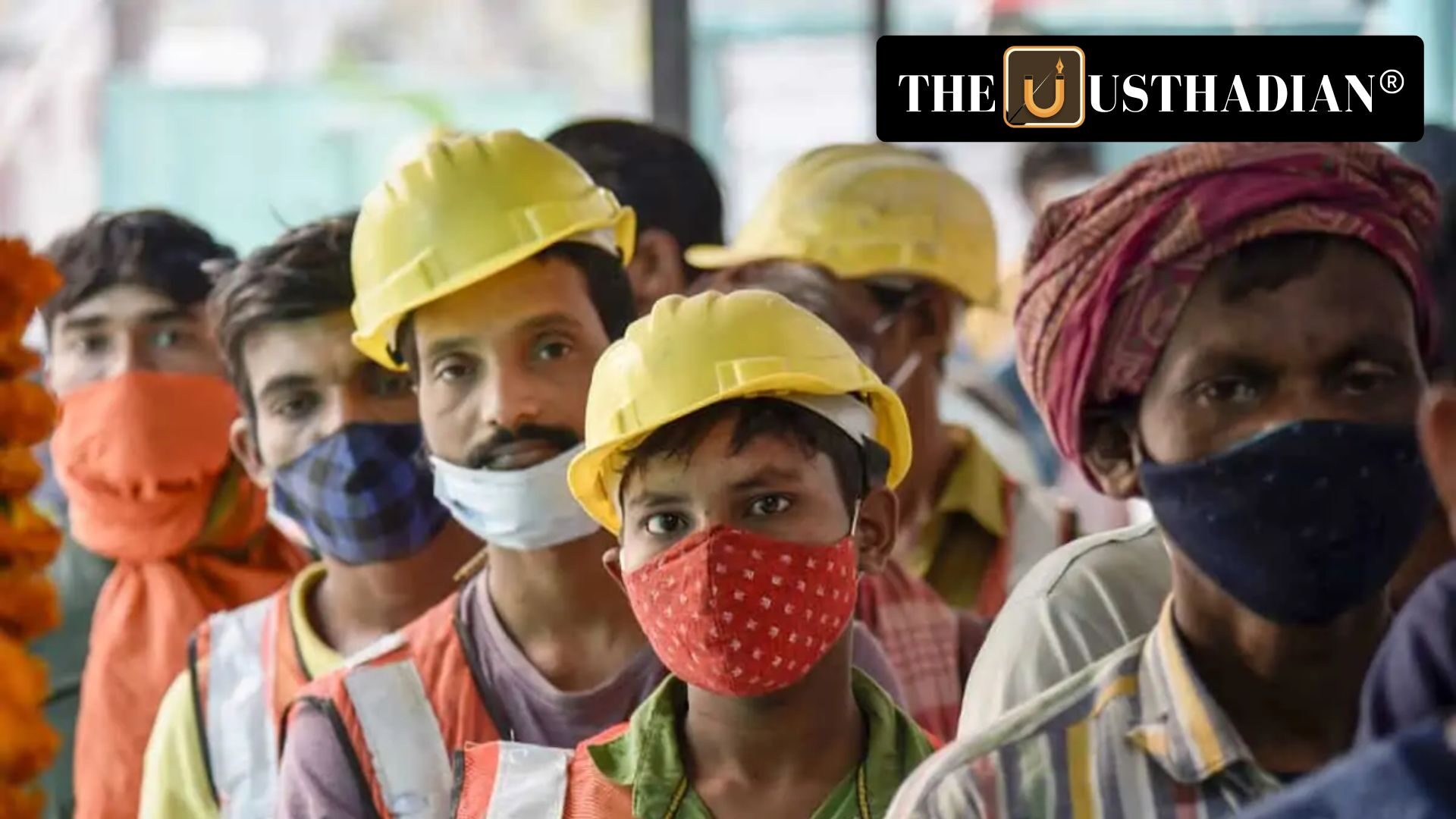A Culture Where Logging Off Feels Risky
India’s Labour Law Reality: Overtime, Overwork, and the Need for Balance : Across India’s cities, especially in the private sector, workers are finding it harder to disconnect from work—even after their official hours end. 88% of Indian employees report receiving messages outside work hours, and 85% get contacted during holidays or even sick leave. The pressure to respond immediately has blurred the lines between work and rest, leaving many anxious and exhausted. A young tech worker in Bengaluru, for instance, may finish at 6 PM, only to log back in at 10 PM for urgent emails—this is becoming the norm, not the exception.
What the Law Promises vs. What Workers Get
India’s labour laws were built with good intentions. The Factories Act, 1948 sets a cap of 48 work hours per week, and laws like the Minimum Wages Act and Maternity Benefit Act offer specific protections. State-specific Shops and Establishments Acts also aim to ensure fair working conditions. But for the average worker—especially in the informal or corporate white-collar sector—these laws often don’t apply in practice. Over 80% of Indian workers are in the informal sector and remain outside the reach of written contracts or social security.
New Labour Codes: Hope or Hurdle?
India passed four new Labour Codes in 2020, meant to modernise outdated rules. These include codes on Wages, Industrial Relations, Social Security, and Occupational Safety. One major change is the option of a four-day workweek with 12-hour workdays. While this sounds flexible, in high-pressure jobs it might lead to longer hours, more fatigue, and poor mental health. To date, these codes are not fully implemented—many states are still drafting rules, leaving workers in a grey zone.
The Hidden Side of Overtime
In theory, states like Maharashtra and Telangana offer double pay for overtime, but this typically applies only to blue-collar roles. In the IT sector or managerial positions, there’s no legal guarantee for extra pay. Instead, unpaid weekend work, late-night deadlines, and “urgent” weekend calls have become invisible forms of exploitation. The cost? Increased burnout, anxiety, and a place for India among the top nations in overwork-related health issues.
STATIC GK SNAPSHOT FOR COMPETITIVE EXAMS
| Topic | Detail |
| Factories Act Enacted | 1948 |
| New Labour Codes Introduced | 2020 |
| Labour Codes Included | Code on Wages, Industrial Relations, Social Security, OSH Code |
| Overtime Pay State Example | Maharashtra and Telangana (Double Pay) |
| Informal Sector in India | Over 80% of total workforce |
| National Youth Day | January 12 |
| High Overwork Ranking | India among top countries for overwork-linked deaths and stress |
| SN Subrahmanyan | Chairman of Larsen & Toubro (Employer Static GK) |








